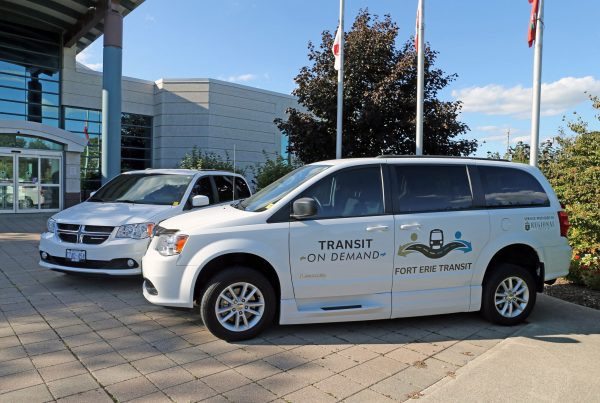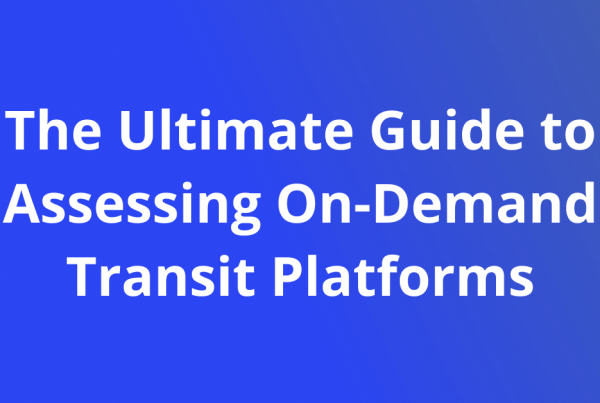What in the world are SaaS, LaaS, AaaS or MaaS?
These days every letter in the alphabet seems to be offered “as a service”. This is not just the output of marketing departments around the world, it is a change in how people and organisations buy and consume things. These acronyms are the result of the rise in the subscription model of buying and selling. Rather than buying albums people subscribe to music streaming services, rather than developing their own software, or purchasing off the shelf, companies buy a software subscription. This business model may have taken over the alphabet but there are still new and potentially massive entrants into the “as a service” constellation that could take over the world, or at least public transit and private automobiles.
What is mobility as a service?
In 2014 there was $1.1 trillion worth of personal expenditures on transportation. This is the mobility market. Some of that will be captured by brand new companies and services. Now for as long as there have been transportation choices, people have paid other people to transport them, what is different about MaaS? To understand what is different we must look at the early adopters, the Helsinki example, where a municipality in the frozen wastes of Finland looks to offer an easy, centralised transportation option to all of its denizens:
“Mobility as a Service brings every kind of transport together into a single intuitive mobile app. It seamlessly combines transport options from different providers, handling everything from travel planning to payments. Whether you prefer to buy journeys on demand or subscribe to an affordable monthly package… MaaS is a hassle-free and environmentally sound alternative to private car ownership. It makes worries about route planning, parking, and car maintenance a thing of the past, helping you go places easier and more efficiently than ever before.”
What is the deal for consumers?
Basically you subscribe to a tailored package of transportation options that will fulfill your needs, are accessible from a single location, all for a monthly fee. Why does Pantonium care about this? We do mobile applications, route planning and on-demand fleet management which is the core of any MaaS system. We envision a centralised, optimised people transportation fleet with huge numbers of subscribers with integrations into public transit’s fixed assets. This would be a MaaS system that could be implemented across the world. It could also start small; rather than taking over all of Helsinki a MaaS operation could start with a nucleus of demand and supply for niche transportation services, like non-emergency medical transportation or paratransit.
What is going to happen?
How will this trend impact the current way mobility is bought and sold today and what impact will that have on transportation providers? It will mean a shift from single occupancy driving, something even the stodgy car manufacturers are already realising. See the purchase of Chariot, a microtransit startup, by Ford for $65 million and their 2017, 8 city expansion plan. MaaS is a way to fill in the gaps of traditional transit with a more flexible, consumer friendly service. The goal: eliminate of the necessity of car ownership. Let’s be honest, people are going to own a car because it is still the most convenient option, and use it because it is cheapest option, but if these MaaS schemes can get off the ground, integrate into public transit options and coordinate with government measures to reduce car usage, then there can be a harmonious and positive trend to less car ownership and denser more effective MaaS. After which private cars and all their problems can go the way of the cable in the age of netflix. Watch this year for more news about the rise of mobility as a service and the technology to enable it.




